
David White of Whitewood Cider Co.
If you haven’t noticed the explosion of artisan hard ciders across the United States over the last few years, you haven’t been paying attention. Hard cider was a staple beverage in most rural households until the 1830s, when almost all of it was produced by what would today be called nano-cideries or micro-cideries. Those farmers who did not own a cider press did not have to tote their surplus apples very far to find a neighbor who had one. There are a number of factors which contributed to the decline in hard cider production in the United States beginning in the 1830s. The temperance movement’s campaign against the cider apple was one factor. But perhaps more importantly, German immigration in the middle decades of the 19th century saw a dramatic expansion in the number of beer breweries, and these German brewers quickly established regional, and eventually national markets for their beverage, while cider-making often remained focused on home production or local markets.

Andy Sietsema of Sietsema Orchards in Ada, Michigan.
A nice post by Christopher Lehault on Serious Eats highlights “four up-and-coming cider makers to watch in 2013,” and it is well worth a read. The four featured cider makers also represent the diverse backgrounds and approaches of today’s new cideries. Andy Sietsema of Sietsema Orchards is a fourth generation apple farmer from Ada, Michigan, who has recently expanded into cider production. David White and Heather Ringwood of Olympia, Washington launched Whitewood Cider Co. Last year. David has been involved in the cider movement for many years, and keeps and excellent blog, old-timecider.com. Ellen Cavalli and Scott Heath began exploring cider making after

Scott Heath and Ellen Cavalli of Tilted Shed Ciderworks in Forestville, California
taking charge of a neglected apple orchard in Northern New Mexico. They have since relocated to Forestville, California and launched Tilted Shed Ciderworks. And Courtney Mailley, a graduate of the cider school at Cornell University’s Food Science Lab, has launched perhaps the nation’s first “urban cider,” called Blue Bee Cider, in Richmond Virginia. Learn more about each of these up-and-coming cider makers by reading Christopher Lehault’s excellent post on Serious Eats.
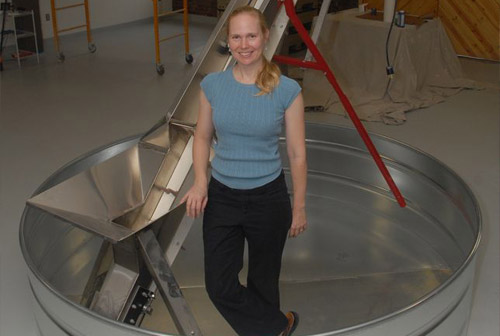
Courtney Mailey of Blue Bee Cider in Richmond, Virginia
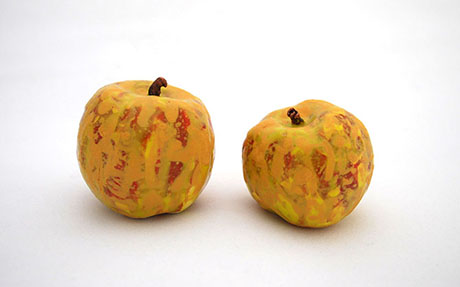

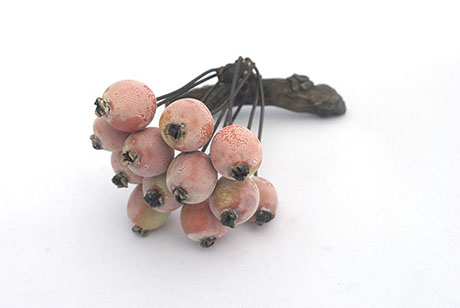
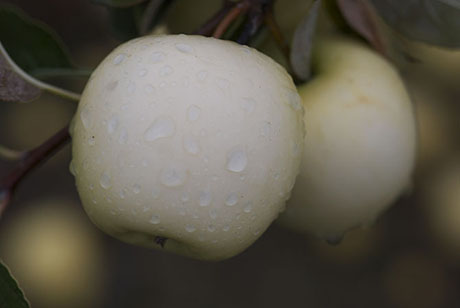

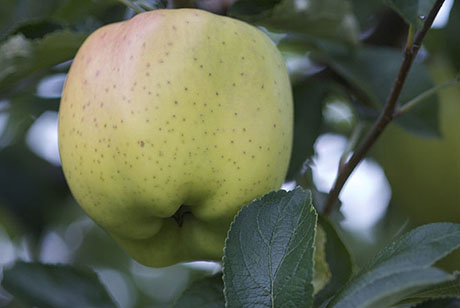
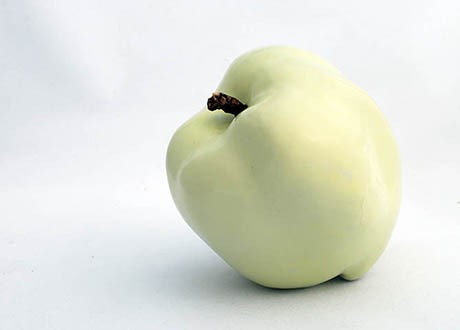
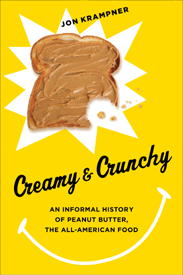
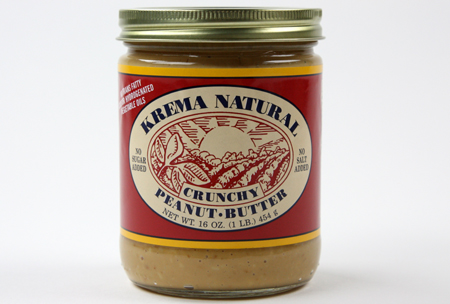
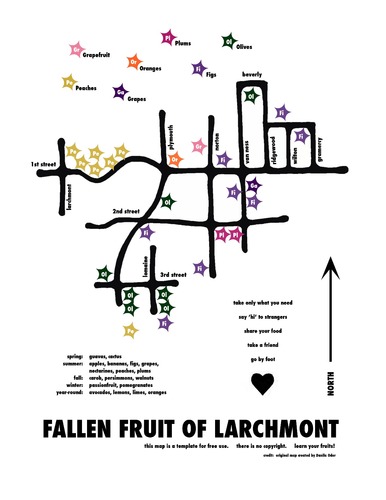
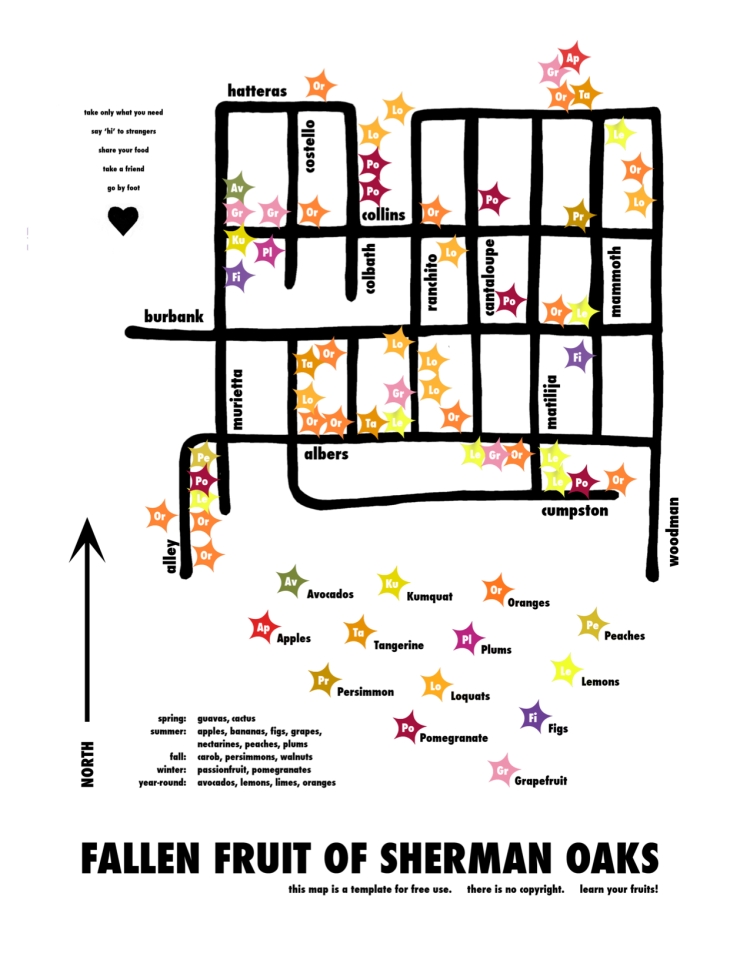







You must be logged in to post a comment.